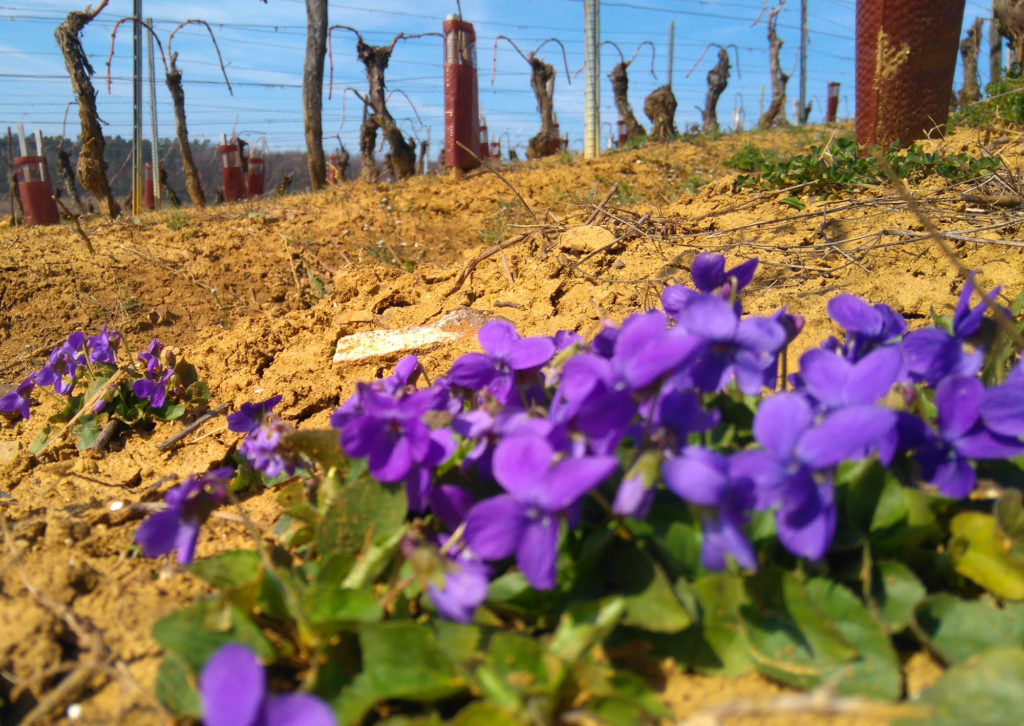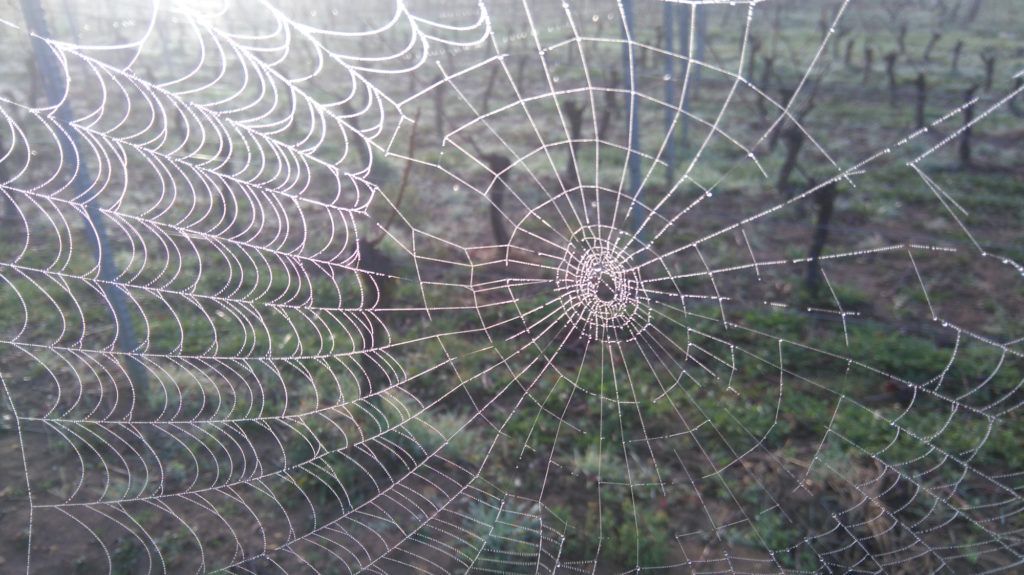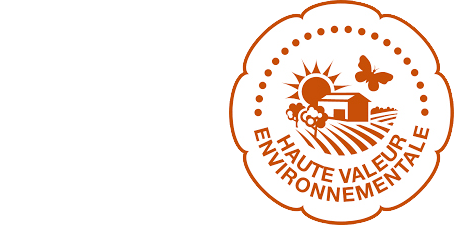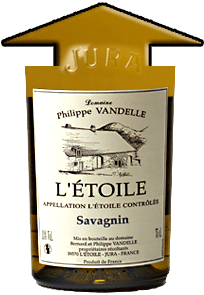The work of the vine
Our philosophy is one of respect for the traditions of the past combined with the technologies of the present. Preserving our land is the strength of our profession.
All year round, the winegrower is hard at work, starting with pruning and tying in winter, followed by soil maintenance, planting work and disbudding in spring. The lifting of the vines and pollarding are carried out until the summer. No sooner is this work done that the harvesting season begins.

At the beginning of the 1990s, we were among the pioneering estates to start using sustainable agriculture. This new method, for the time, is based on the mastered knowledge of the diseases of the vine. Treatments are no longer systematic but are only applied when necessary. The principle is to establish a threshold of harmfulness for each pest below which no intervention is required. To do this, each vineyard plot is carefully and regularly monitored. This method has enabled us to establish an ecosystem that regulates itself. Insecticides have not been used on the estate for about ten years. For mildew and powdery mildew, which are cryptogamic diseases, the weather has much more influence. We have succeeded, with an increased knowledge of their modes of operation, in greatly reducing interventions. The development of biocontrol products has reduced negative impacts on the environments.
Biocontrol is a set of plant protection methods based on the use of natural mechanisms. It consists in controlling the number and varieties of pests rather than eradicating them. They act on the stimulation of the plants’ natural defences.
For example, to combat powdery mildew, another non-pathogenic fungus is inoculated to colonise the environment, thus preventing Erysiphe Necator (powdery mildew on grapes) from developing.
«The war between mushrooms is declared».
Since 2020, we have been certified : High Environmental Value.
The High Environmental Value

A response to a major challenge in agriculture
The High Environmental Value corresponds to the highest level of an environmental certification system for farms. It is based on indicators and a requirement for results of the entire farm. It is based on four key themes :
Biodiversity conservation
Phytosanitary strategy
Fertilisation management
Water resource management
The pressure of agricultural practices on the environment is reduced to a minimum. The HVE meets the need expressed in the work of the Grenelle de l’environnement to recognise farms engaged in particularly respectful approaches. It is based on agro-ecology.
Qualified in integrated agriculture since 2006, the transition occurred smoothly on the estate.
In concrete terms, what are our commitments ?
- To preserve birds, insects, bees, etc. by maintaining hedges, copses, grassy strips, and by setting up fallow land.
- Manage the phytosanitary strategy by using bio-control products that stimulate the plants’ natural defences.
- Preserve the soil only by mechanical means, thus eliminating the use of weed killers.
- Use organic amendments that promote the microbial life of the soil.
- Spreading a plant cover (green manure) thus naturally providing nutrients for the life of the vine.
- Manage our effluents autonomously with our own sanitation station.

This label fits perfectly with our values for an autonomous and responsible agriculture, respectful of the soil, water and air.

The HVE logo accompanies the label and can be applied to raw
or processed products if they contain at least 95% of raw materials
from high environmental value farms.


